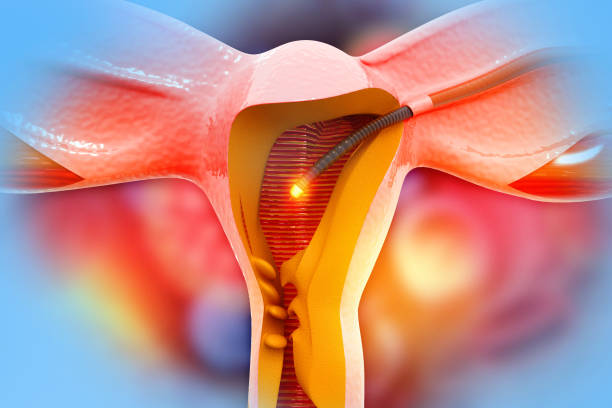Hysteroscopy
Is Hysteroscopy the Solution to Your Gynecological Concerns?
Do you experience irregular or absent periods?
Have you noticed a significant reduction in your menstrual flow?
Have you had repeated implantation failures during IVF treatment?
Have you suffered from unexplained miscarriages or pregnancy loss?
Are you dealing with abnormal pain or discomfort during your menstrual flow?
Do you suspect a congenital or acquired uterine abnormality?
If you’ve answered yes to any of these questions, a hysteroscopy may provide the answers you’ve been seeking and help you move forward with effective treatment.
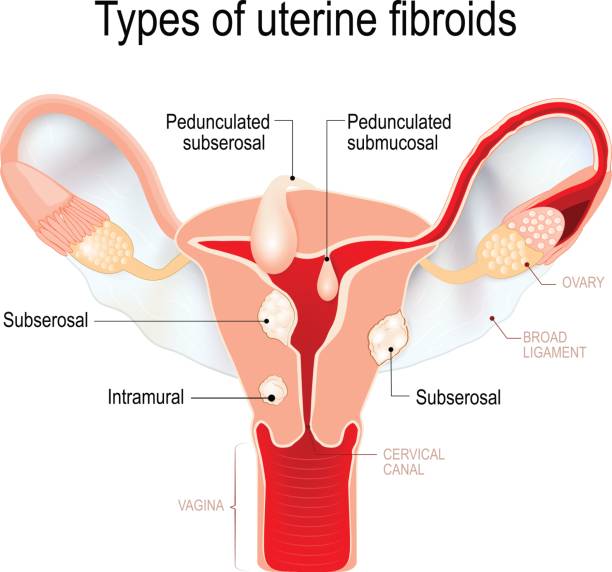
Fig 1: Diagram of the female reproductive system: Photo Credit: iStock Photo
What is Hysteroscopy?
Hysteroscopy is a minimally invasive procedure that allows your gynecologist to examine the inside of your uterus using a thin, lighted tube called a hysteroscope. This advanced technology is used for both diagnostic and operative purposes, offering a direct view of your uterine cavity. Hysteroscopy is a versatile tool that helps diagnose and treat various gynecological conditions, giving your doctor an invaluable perspective for improving your reproductive health.
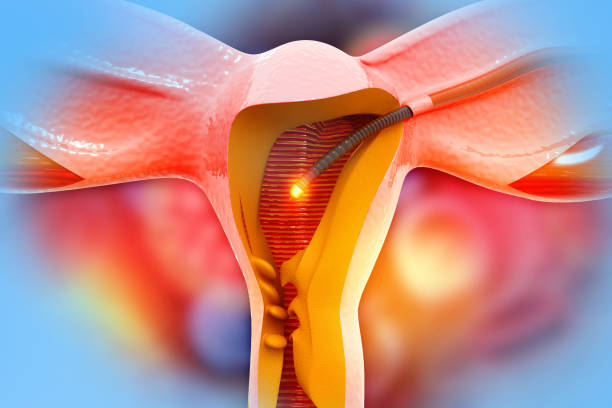
Fig 2: Hysteroscope procedure: Photo Credit: iStock Photo
How Can Hysteroscopy Help?
- Diagnosis and Treatment of Abnormal Uterine Bleeding
Whether you’re experiencing heavy, irregular, or even absent menstrual bleeding, hysteroscopy can help identify the cause. Common issues such as uterine fibroids, polyps, or hormonal imbalances can be diagnosed and treated with hysteroscopy, providing relief from frustrating symptoms.

Fig 3: Fibroids. Diseases of the female reproductive system: Photo Credit: iStock Photo
- Absent Menses (Amenorrhea) or Reduced Menstrual Flow (Hypomenorrhea)
If you have absent periods (amenorrhea) or reduced menstrual flow (hypomenorrhea), hysteroscopy may uncover issues such as intrauterine adhesions (Asherman’s syndrome) or congenital anomalies that could be affecting your menstrual cycle. Identifying and treating these issues can restore normal menstrual patterns and improve overall reproductive health.
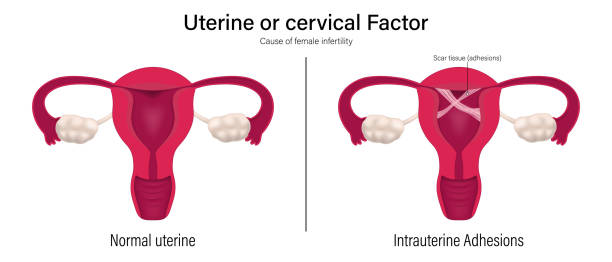
Fig 4: Comparison of normal uterine and intrauterine adhesions. Uterine factor. Asherman’s syndrome: Photo Credit: iStock Photo
- Intrauterine Adhesions (Asherman’s Syndrome)
Intrauterine adhesions can form after surgeries such as dilation and curettage (D&C), cesarean sections, or pelvic infections, leading to reduced menstrual flow, infertility, or recurrent miscarriages. Hysteroscopy is the gold standard for diagnosing and treating intrauterine adhesions by directly visualizing and removing the scar tissue, helping to restore normal uterine function.
- Congenital or Acquired Uterine Malformations
Hysteroscopy can be used to diagnose and sometimes correct congenital uterine anomalies such as a septate uterus (a common cause of recurrent pregnancy loss) or other malformations like bicornuate or didelphys uterus. Acquired uterine malformations, such as those caused by trauma or infections, can also be identified and treated with this procedure.
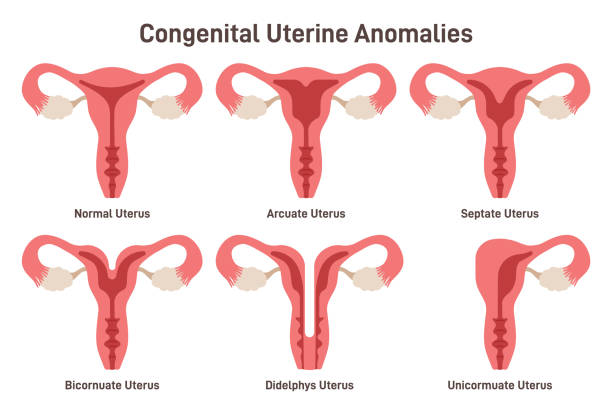
Fig 5: Congenital uterine anomalies set: Photo Credit: iStock Photo
- Addressing Implantation Failure in IVF
For women undergoing IVF who have experienced repeated implantation failures, hysteroscopy can detect issues such as endometrial polyps, fibroids, or adhesions that may be preventing successful implantation. These conditions can often be treated during the same procedure, enhancing the chances of a successful pregnancy.
- Investigation of Recurrent Miscarriages
Hysteroscopy provides crucial insights for women experiencing recurrent miscarriages by identifying structural abnormalities such as uterine septa, polyps, or adhesions that may be contributing to pregnancy loss. Treating these abnormalities can improve the chances of carrying future pregnancies to term.
- Removal of Uterine Growths
Uterine growths such as polyps, fibroids, and other abnormal tissue formations are common causes of abnormal bleeding and fertility problems. Hysteroscopy allows for the direct visualization and removal of these growths, often during the same procedure, providing a quick resolution to symptoms and improving reproductive outcomes.
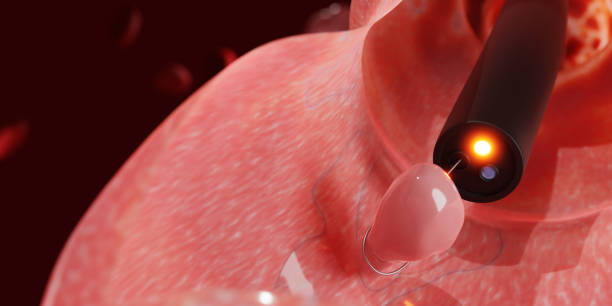
Fig 6: Polyp removal procedure via hysteroscopy: Photo Credit: iStock Photo
- Evaluation of Postmenopausal Bleeding
Postmenopausal bleeding can be an early warning sign of endometrial hyperplasia or uterine cancer. Hysteroscopy offers a safe and effective way to investigate this symptom, allowing for early detection and, in some cases, immediate treatment of any abnormal findings.
- Retained Products of Conception (RPOC)
After miscarriage or childbirth, some tissue may remain inside the uterus, causing complications such as infection, bleeding, or fertility issues. Hysteroscopy can safely identify and remove retained products of conception, ensuring a healthy recovery and restoring the normal function of the uterus.
- Evaluation and Treatment of Infertility
Hysteroscopy plays a key role in evaluating and treating infertility. It helps diagnose conditions such as endometrial polyps, submucous fibroids, and congenital uterine malformations that can interfere with conception. Treating these conditions can significantly improve fertility and pregnancy outcomes.
- Endometrial Ablation
For women suffering from heavy menstrual bleeding who no longer wish to have children, hysteroscopy can be used to perform endometrial ablation. This procedure removes or destroys the lining of the uterus to reduce or stop menstrual bleeding altogether, offering long-term relief from heavy periods.
- Removal of Foreign Bodies
In rare cases, foreign objects such as displaced intrauterine devices (IUDs) may be found within the uterus. Hysteroscopy allows for the safe and precise removal of these objects, preventing further complications.

Fig 7: During Mirena removal, a doctor uses forceps to tug on the IUD strings: Photo Credit: iStock Photo
Why Choose Hysteroscopy?
- Minimally Invasive: Hysteroscopy is a same-day procedure performed on an outpatient basis. There are no major incisions, meaning less discomfort and a faster recovery.
- Direct Visualization: It provides a direct view of the uterine cavity, allowing for accurate diagnosis and, in many cases, immediate treatment.
- Dual Purpose: Hysteroscopy can be both diagnostic and therapeutic. Whether you need an evaluation or treatment, this procedure can address multiple concerns in one session.
- Quick Recovery: Most women resume normal activities within a couple of days, making hysteroscopy a convenient option for those with busy lives.
Take control of your reproductive health today—schedule a consultation with our team to learn more about how hysteroscopy can help you!
For inquiries or to schedule a consultation, please contact us:
Contact Information:
Call us at: 0909 888 9015
WhatsApp us at: +234 908 843 4494

